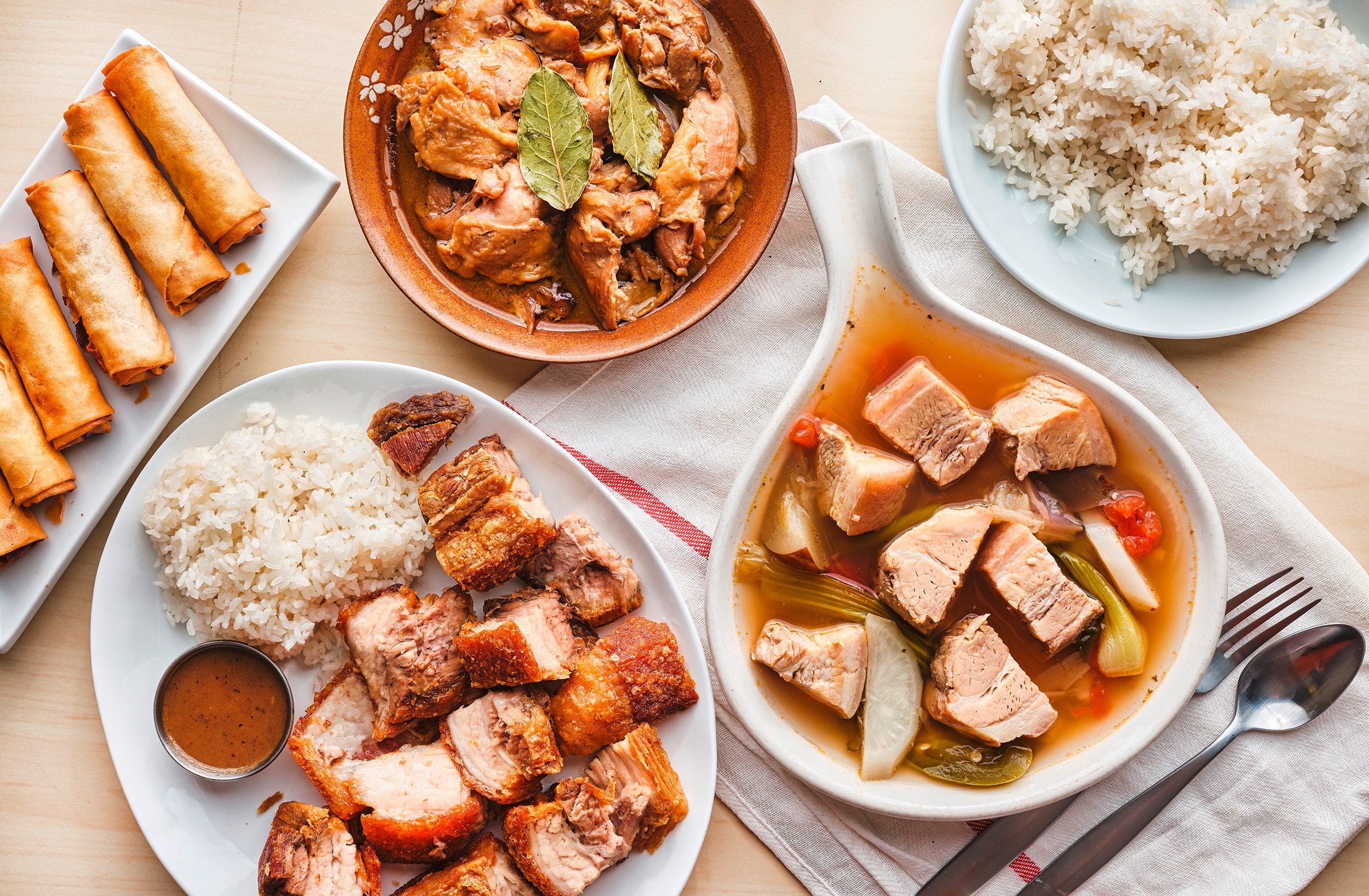Skip to:
Every Filipino home cook has their own ultimate Pinoy ulam list. After all, most meals revolve around it, from simple family dinners to extravagant fiestas. As long as there’s yummy ulam and freshly steamed rice on the table, Filipinos consider the meal complete. No other courses needed.
Most Pinoy home cooks don’t need to look up a recipe to whip up their favorite ulam. They know the basics by heart, down to the correct ratios for each ingredient. This skill is handy when you’re cooking for the family. It speeds up the process on busy days and allows you to adjust the dishes according to their tastes. For many, it even serves as a jumping-off point to be more creative with classic Filipino dishes.
Whether you’re a parent looking for inspiration on the best ulam to put in your kid’s baon, a savvy home cook trying to get a handle on the fundamentals, or just a major ulam lover, you’ve come to the right place. Below, you’ll learn some of the best dishes that every Filipino should know, what makes them special, and notes on how to cook them well. Plus, tips on how to make them more baon-friendly, too.
The Ultimate Pinoy Ulam List
1. Adobo
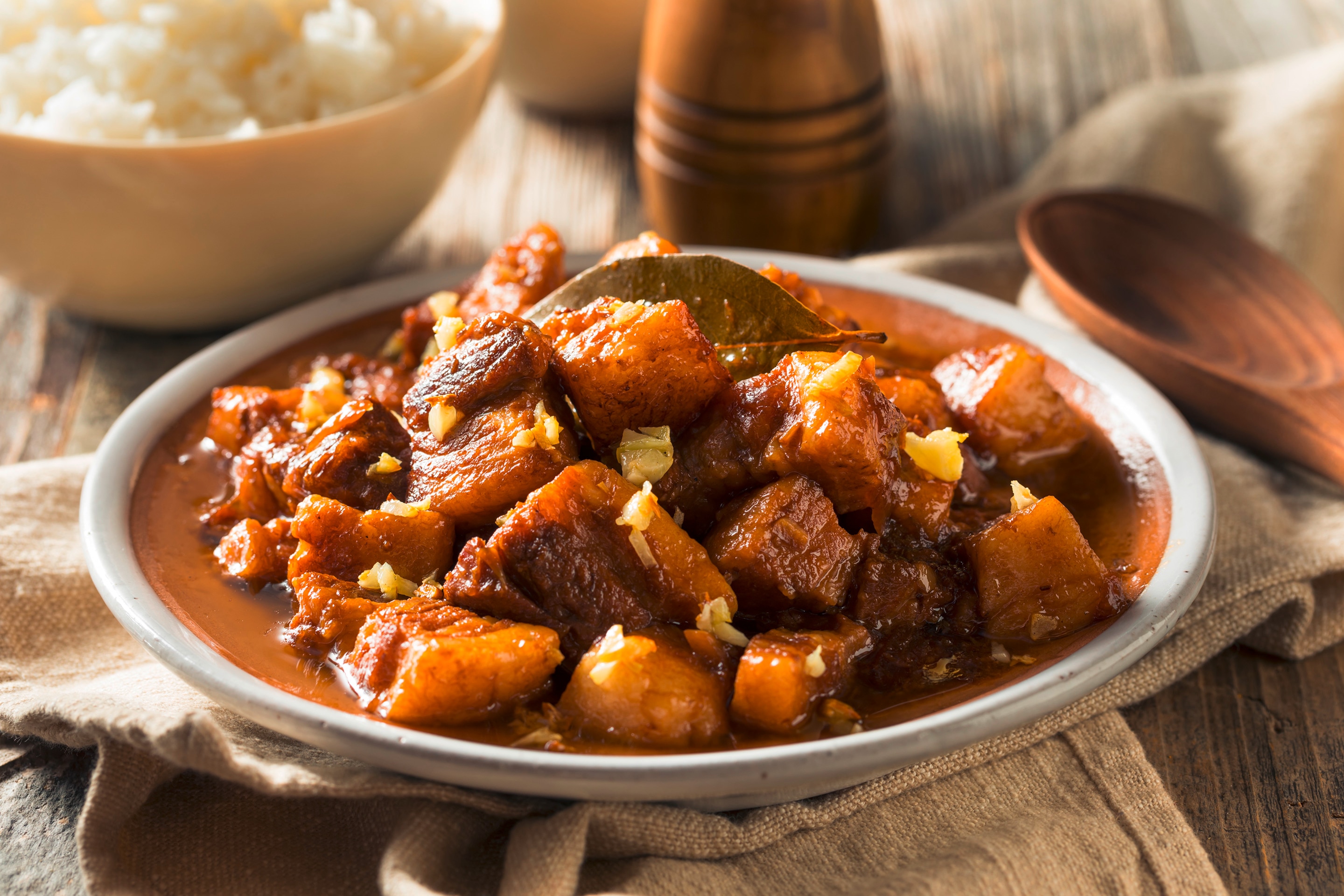
Considered by many as the Philippines’ unofficial national dish, adobo is a simple, hearty ulam made with a marinade of soy sauce, vinegar, garlic, onions, peppercorns, and bay leaves. Pork and chicken are the most used meats for adobo, though adobong pusit (squid) has its fair share of fans. Adobo has a deep, savory flavor with a touch of acidity, thanks to the rich combination of soy sauce and vinegar at its base.
2. Tinolang Manok
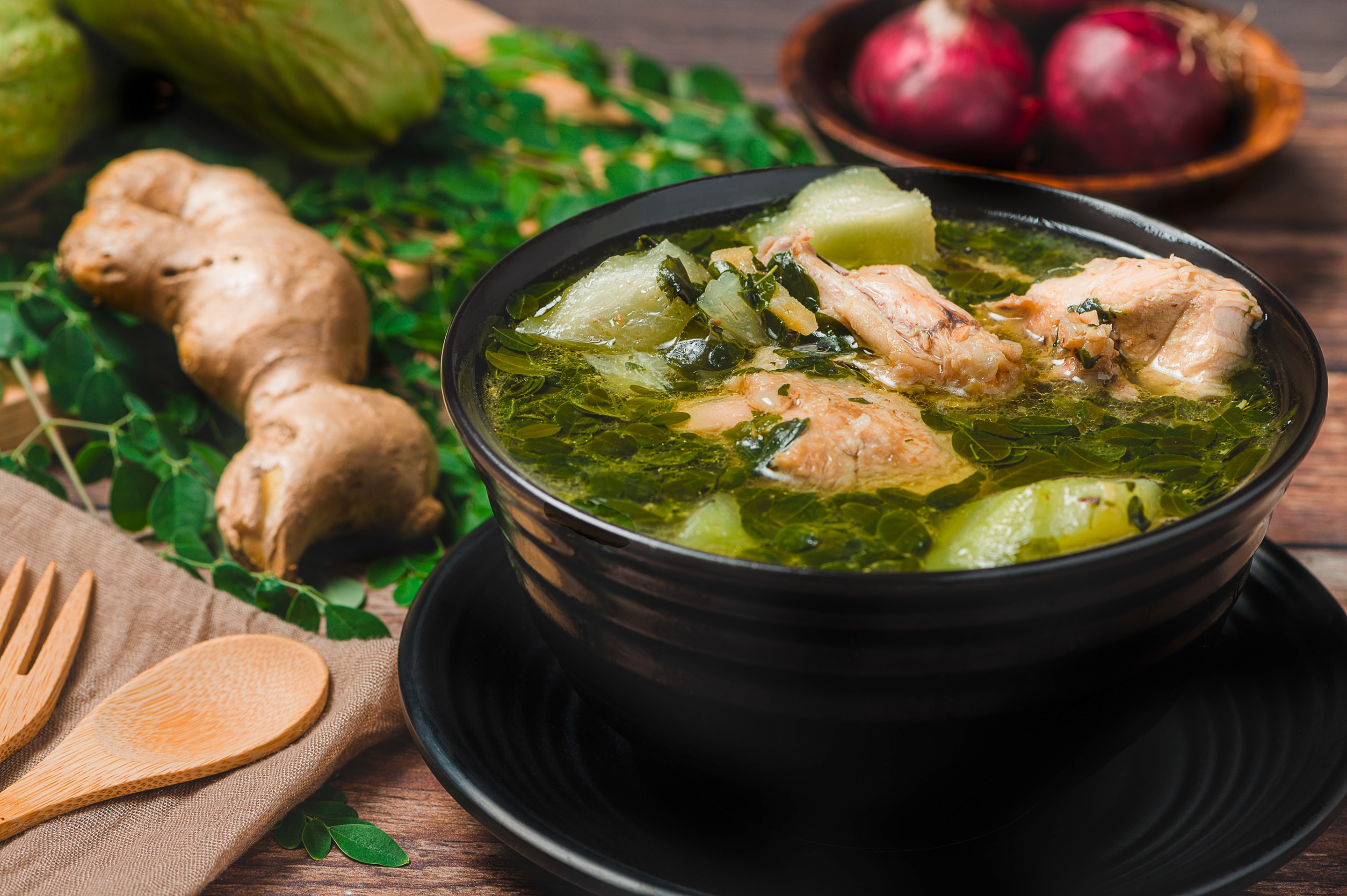
Tinolang manok may be the mildest ulam on this list, but it’s no less comforting, especially during flu season. To make tinola, sauté aromatics such as garlic, onions, and ginger in a pot, before adding chicken and cooking until slightly browned. Fill the pot with water and boil at low heat for at least an hour. Add Knorr Chicken Cubes and patis (fish sauce) to give the broth a richer, more umami-packed flavor. Sliced green papaya, malunggay (moringa) leaves, and other veggies like sayote (chayote) are typically added last.
3. Sinigang
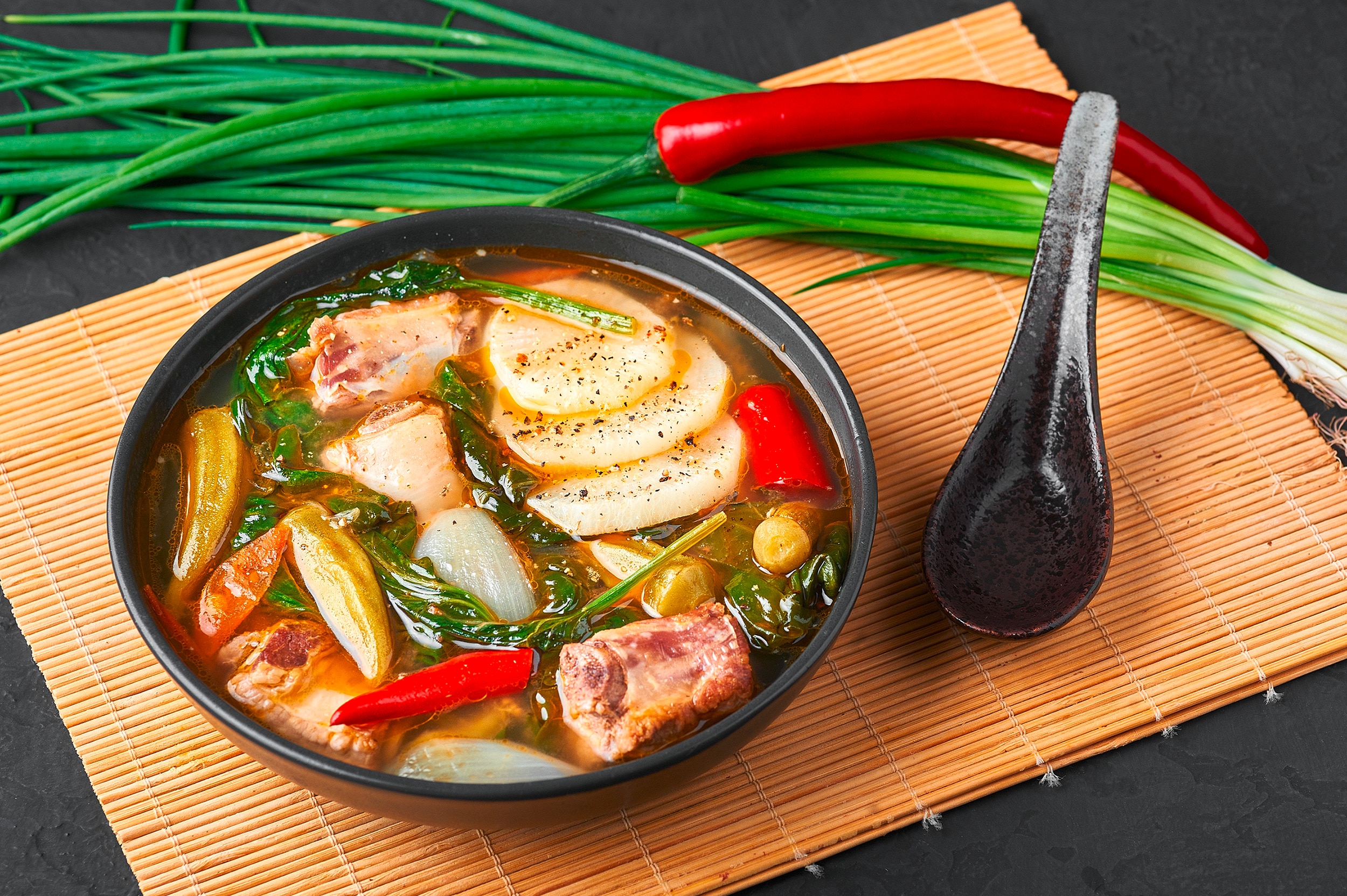
Ah, sinigang — another top contender for the Philippines’ national dish. It’s iconic for its sour broth, achieved with different native souring ingredients, including sampalok (tamarind), santol, and guava. Pork, shrimp, and bangus (milkfish) are some of the most common proteins used in this tangy stew, cooked alongside a bevy of local vegetables. It’s so tasty that kids will have multiple servings without realizing how many veggies they’re piling on their plates. Win-win.
4. Kaldereta
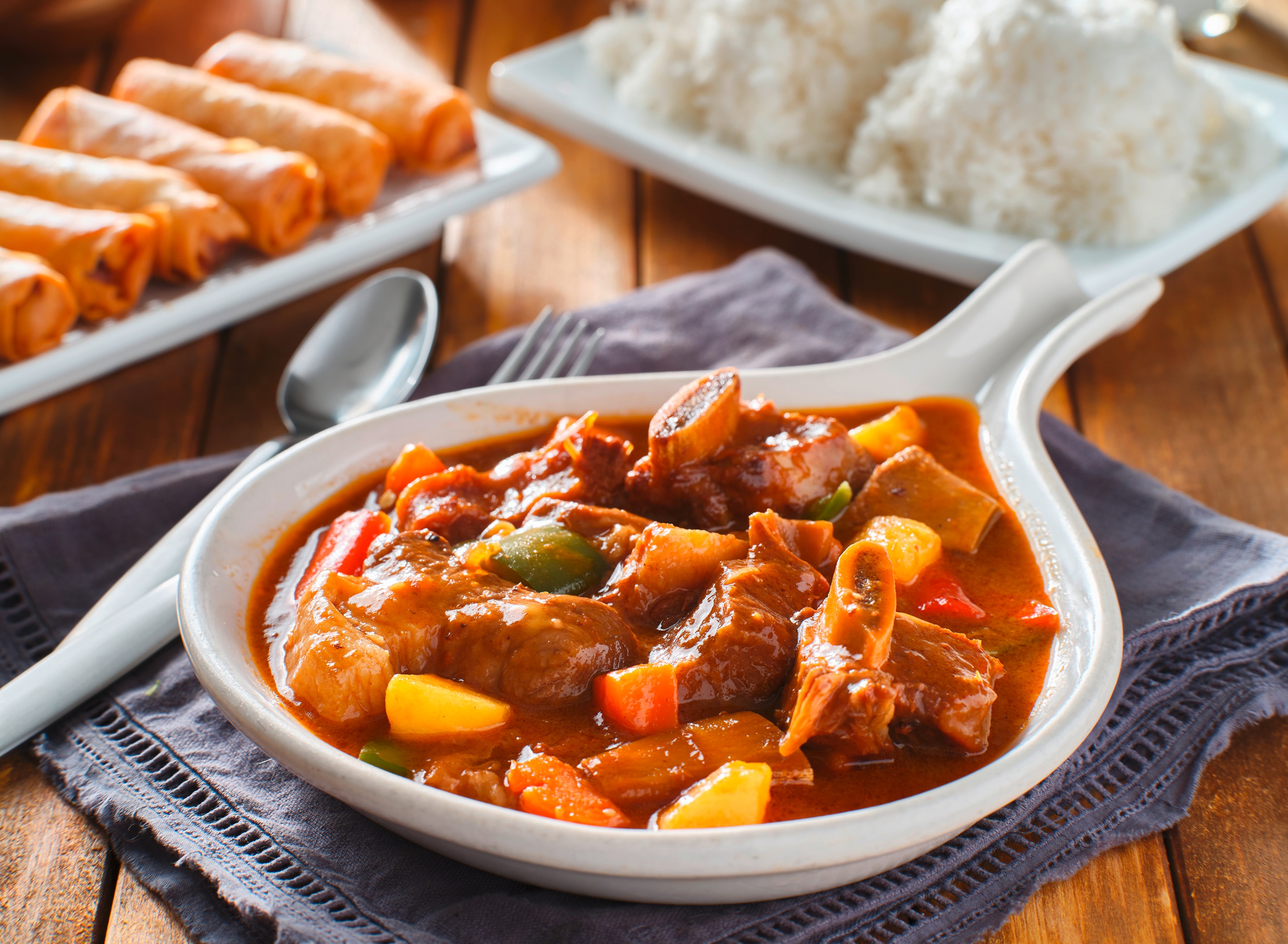
If you love tomato-based dishes, chances are kaldereta is your ultimate ulam. It’s traditionally made with goat meat, but beef is a common swap since it’s easier to find and cook. It has many similarities to classic American beef stew, with potatoes, carrots, and green peas being typical sights in a standard kaldereta. To deepen the flavor of the sauce and make it extra silky, don’t skip liver paste — it’s a crucial component that sets this dish apart from similar ulam, like menudo or afritada. Optional, but highly recommended: top with melty, shredded cheese.
5. Lumpia
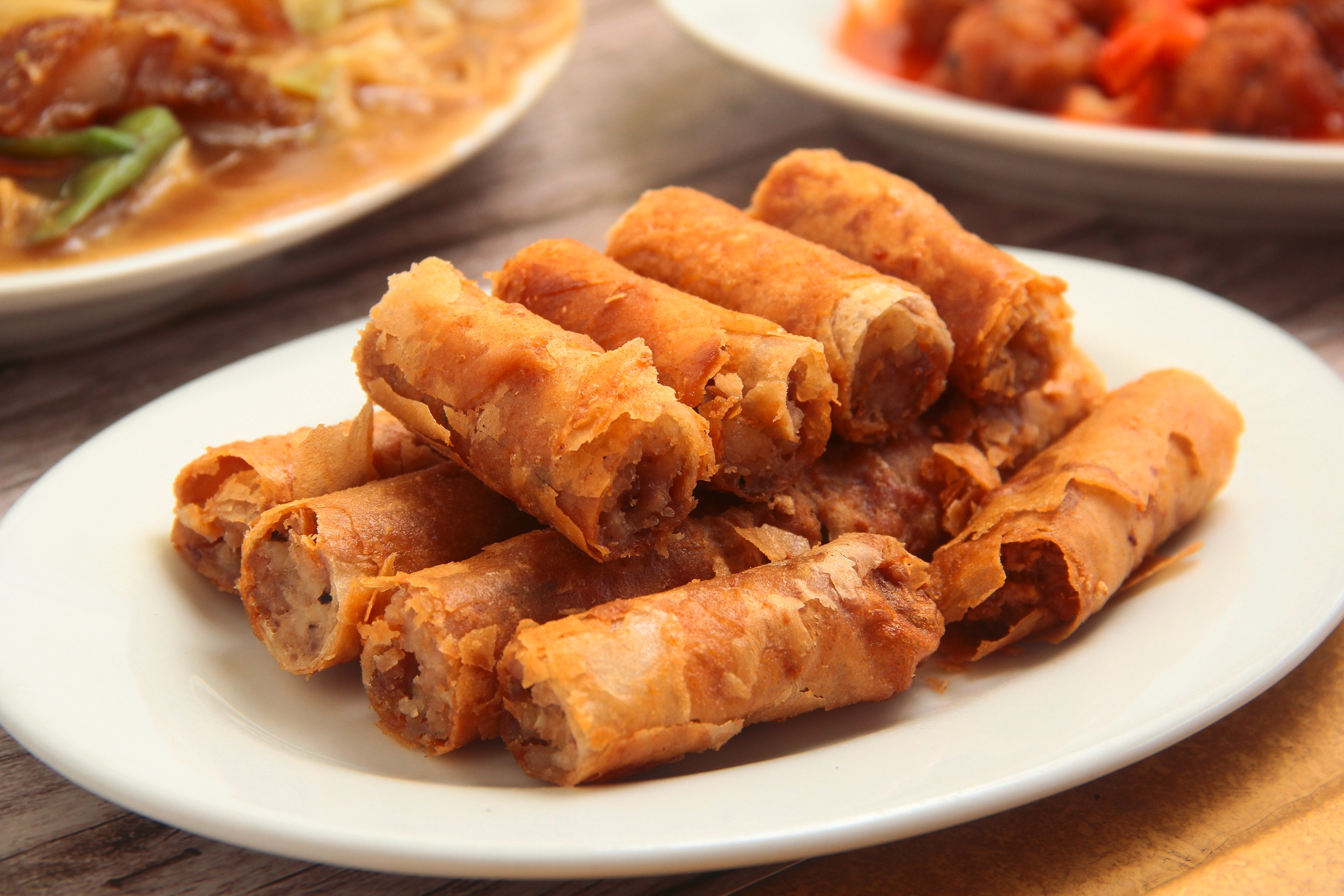
Filipino celebrations are never complete without lumpia. You can have these spring rolls either fresh or fried. Fresh lumpia has a soft, crepe-like wrapper and is often filled with crunchy veggies, while fried lumpia is a crispy, often meat-filled finger food that kids love eating by the dozen. Of all the ulam on this list, fried lumpia is the easiest to pack for baon, since it’s served dry with a side of ketchup or sweet-chili sauce.
6. Nilaga
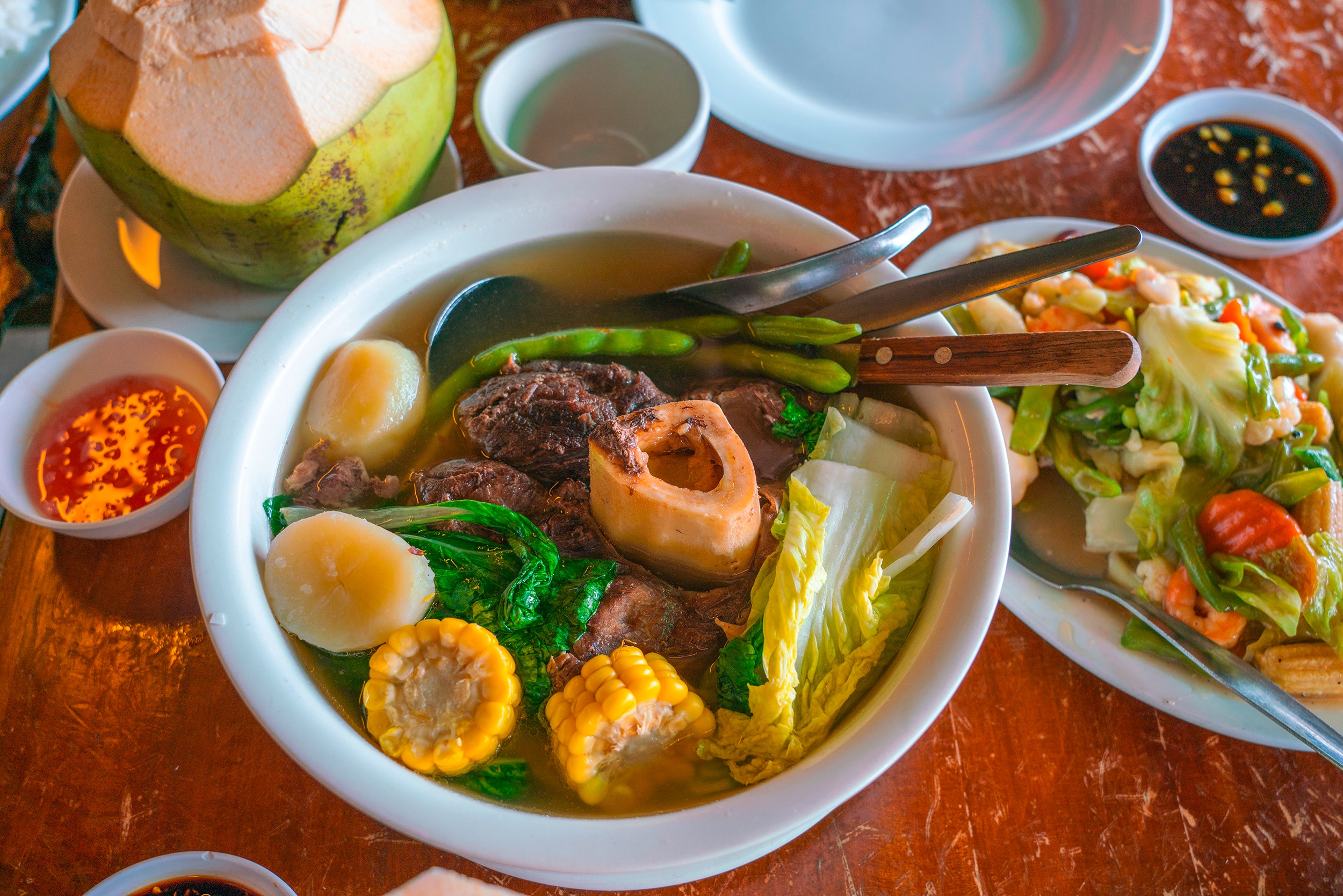
Like tinola, nilaga has mild yet satisfying flavors that provide great comfort when you’re sick or going through chilly -ber month weather. This soup dish gets its name from the cooking method used to prepare it: “nilaga” roughly translates to “stewed.” To make a proper nilagang baka, boil beef chunks in a pot until they’re tender and practically falling apart. Add bouillon cubes to amplify the beefy flavor, and fill your pot with veggies like cabbage, string beans, and potatoes.
7. Kare-Kare
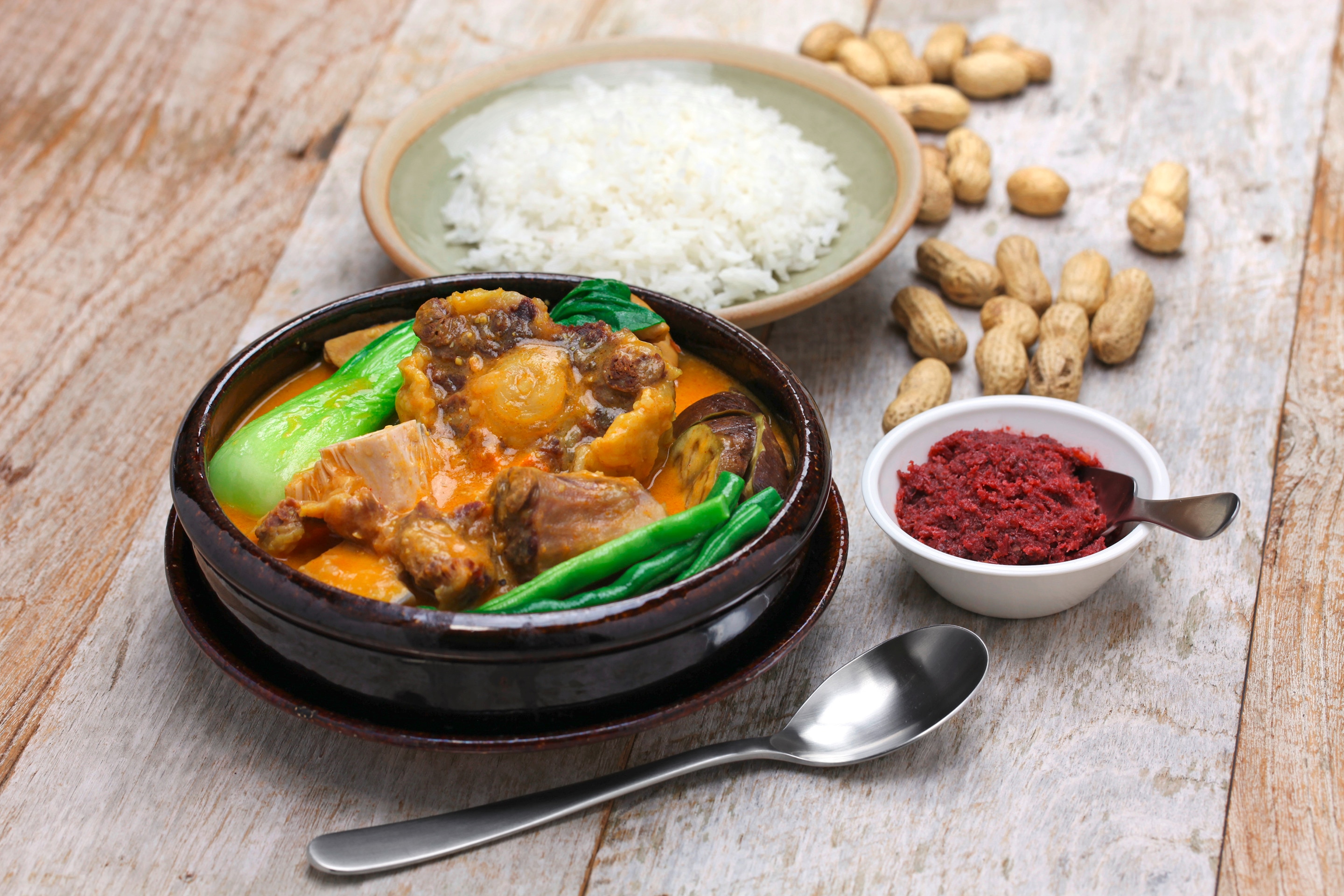
Kare-kare is one of the most complicated dishes on the list of Pinoy ulam — but it’s worth the trouble. This rich stew uses meat cuts most people don’t regularly stock in their freezer, like oxtail and beef tripe. However, if you’re open to the less traditional route, you can skip the meat and make a vegetarian version with the usual veggie components. After all, the most important thing in this dish is the nutty, curry-like sauce made with roasted peanuts and achuete (annatto powder). Remember to serve with the pungent but umami-filled bagoong (shrimp paste) to cut through the dish's richness.
8. Pinakbet Tagalog
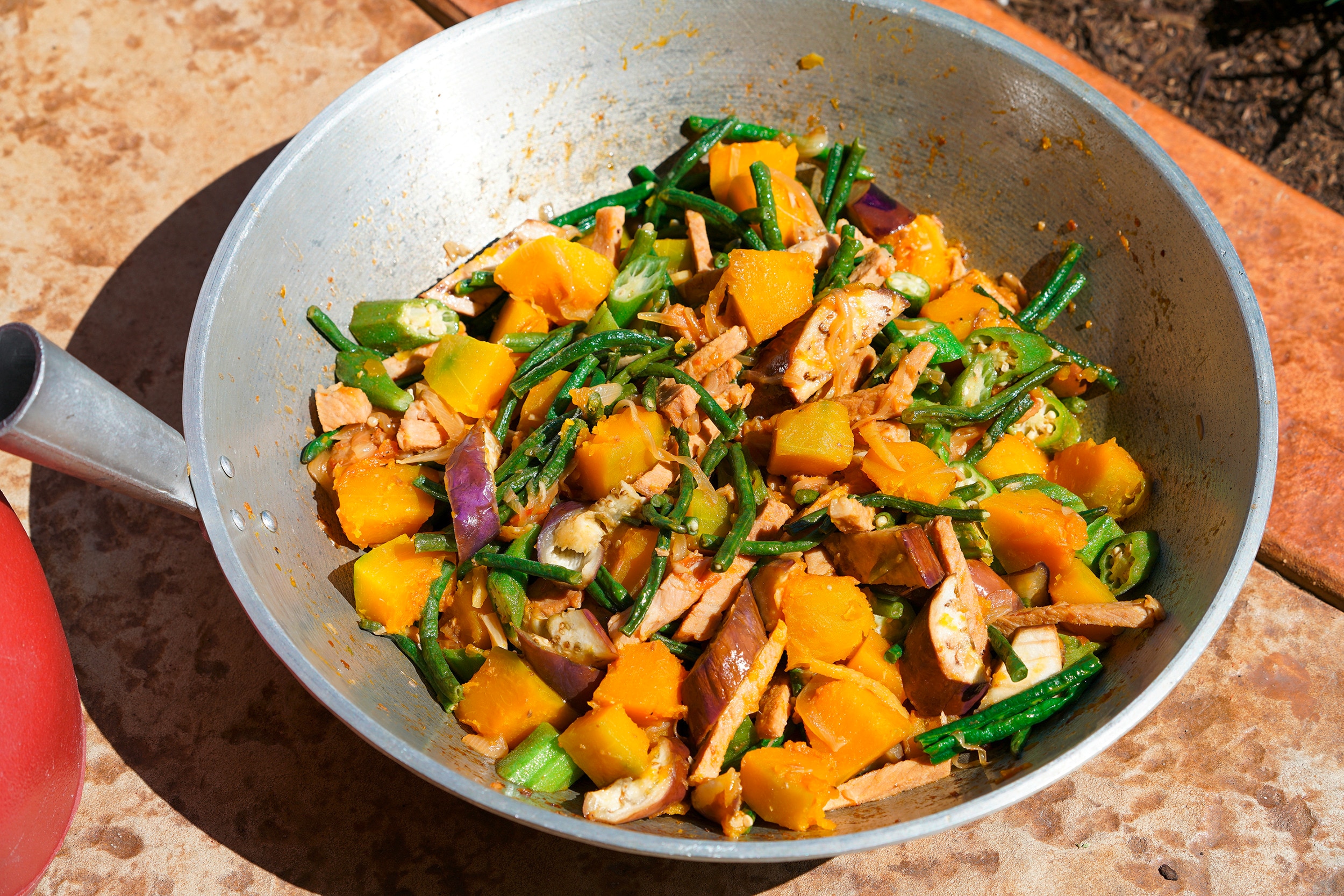
Speaking of vegetarian options, next up is the holy grail: pinakbet Tagalog. Unlike the other ulam listed so far, vegetables are the star of this dish. What differentiates this version from other regional pinakbet is the use of kalabasa (squash), packed with vitamin C and beta-carotene. Other commonly used veggies include ampalaya (bitter melon), eggplant, okra, and string beans. To make pinakbet, sauté your ingredients in bagoong until everything is fork-tender. Some people like to add pork or shrimp to their pinakbet for extra protein, but this shines on its own as a veggie-first dish.
9. Torta
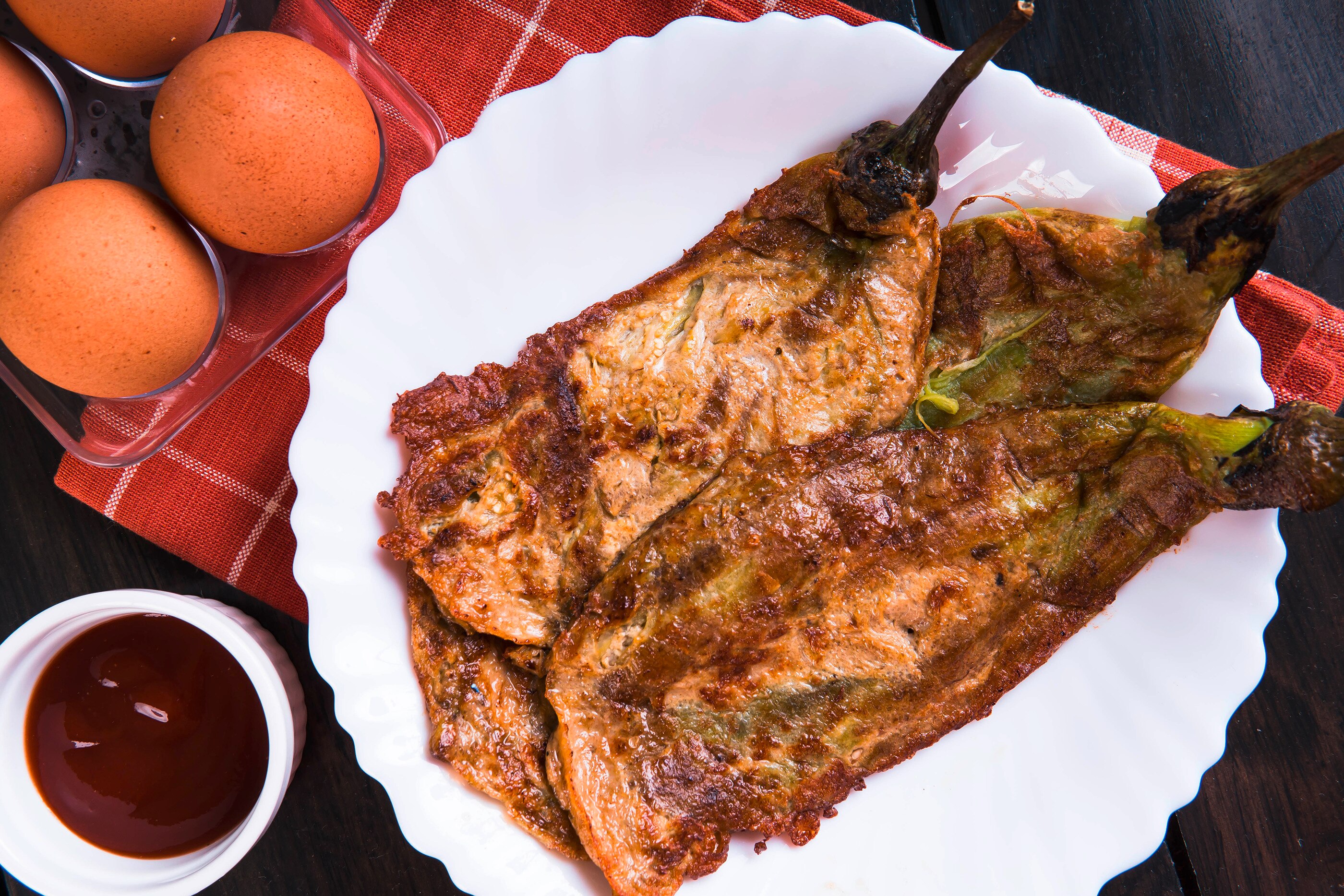
Just like omelets, torta is endlessly customizable, comes together in a single pan, and uses leftovers or pantry staples. Some popular varieties of torta include tortang talong, made with roasted eggplant, and tortang patatas, made with cubed potatoes. Many parents use torta as a vehicle for vegetables since the savory, pan-fried eggs cleverly disguise the taste of veg. Kids chow this down with lots of ketchup and are none the wiser.
10. Bistek Tagalog
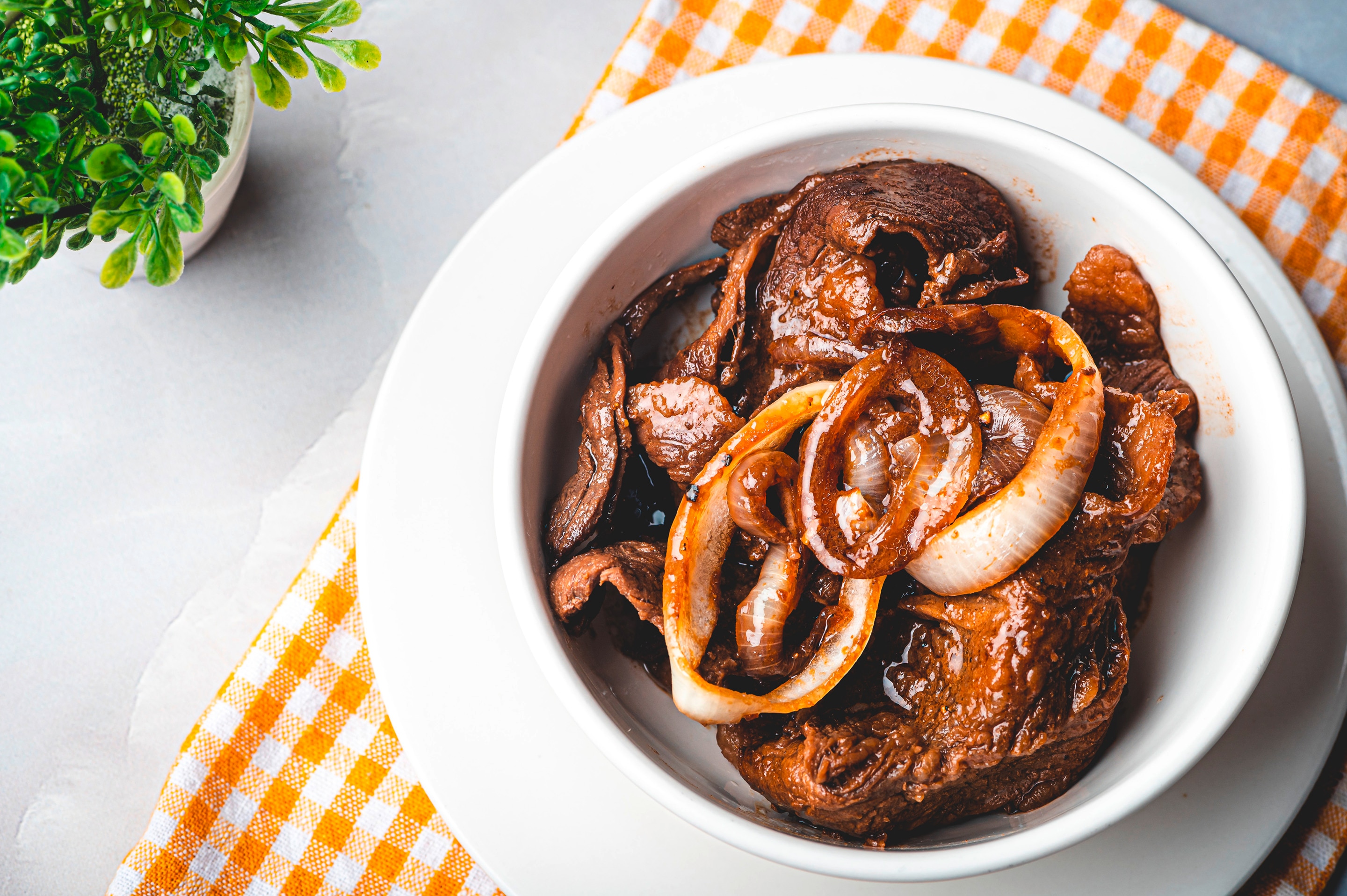
Last but not least, there’s bistek. Since it features thinly cut, tenderized slices of beef, it’s one of the easiest — and fastest — ulam to make from scratch. Its components, from the marinade to the toppings, use common pantry staples: soy sauce, calamansi juice, garlic, onions, and spices. If you already have the beef thawed and cut into strips, then you’re practically halfway done. Like adobo, bistek is deeply savory, with a mouthwatering sourness from freshly squeezed calamansi.
How to Make Pinoy Ulam More Baon-Friendly
Invest in the right baunan
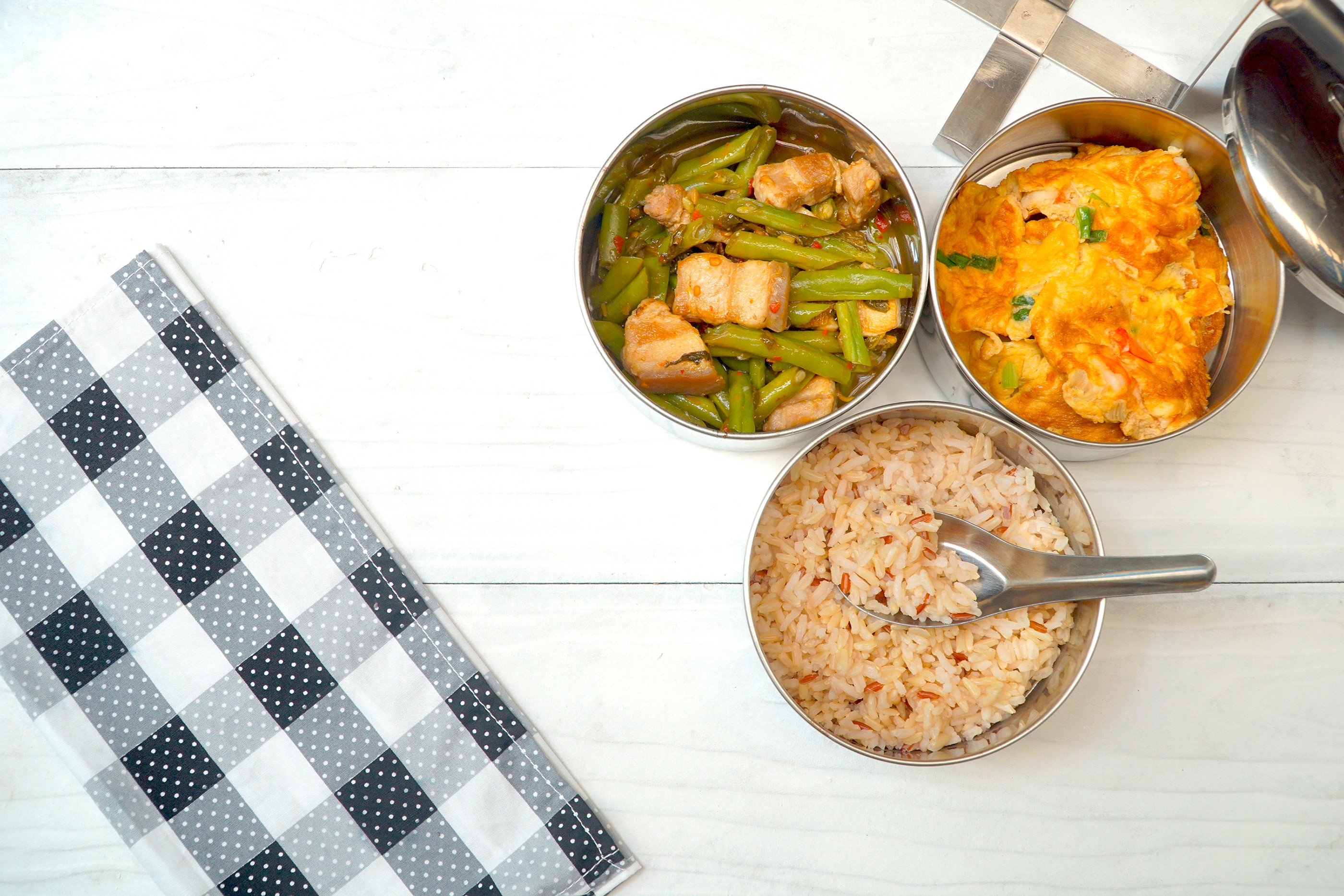
As this pagkaing Pinoy ulam list proves, Filipinos love sabaw and sarsa. To keep all that goodness well-contained (and away from your kid’s uniform!), invest in air-tight containers that prevent leakage. Even better, opt for insulated baunan to keep food warm until lunchtime. It's a game-changer for hungry students who love homemade sinigang and adobo.
Go boneless and cut meat into bite-sized pieces
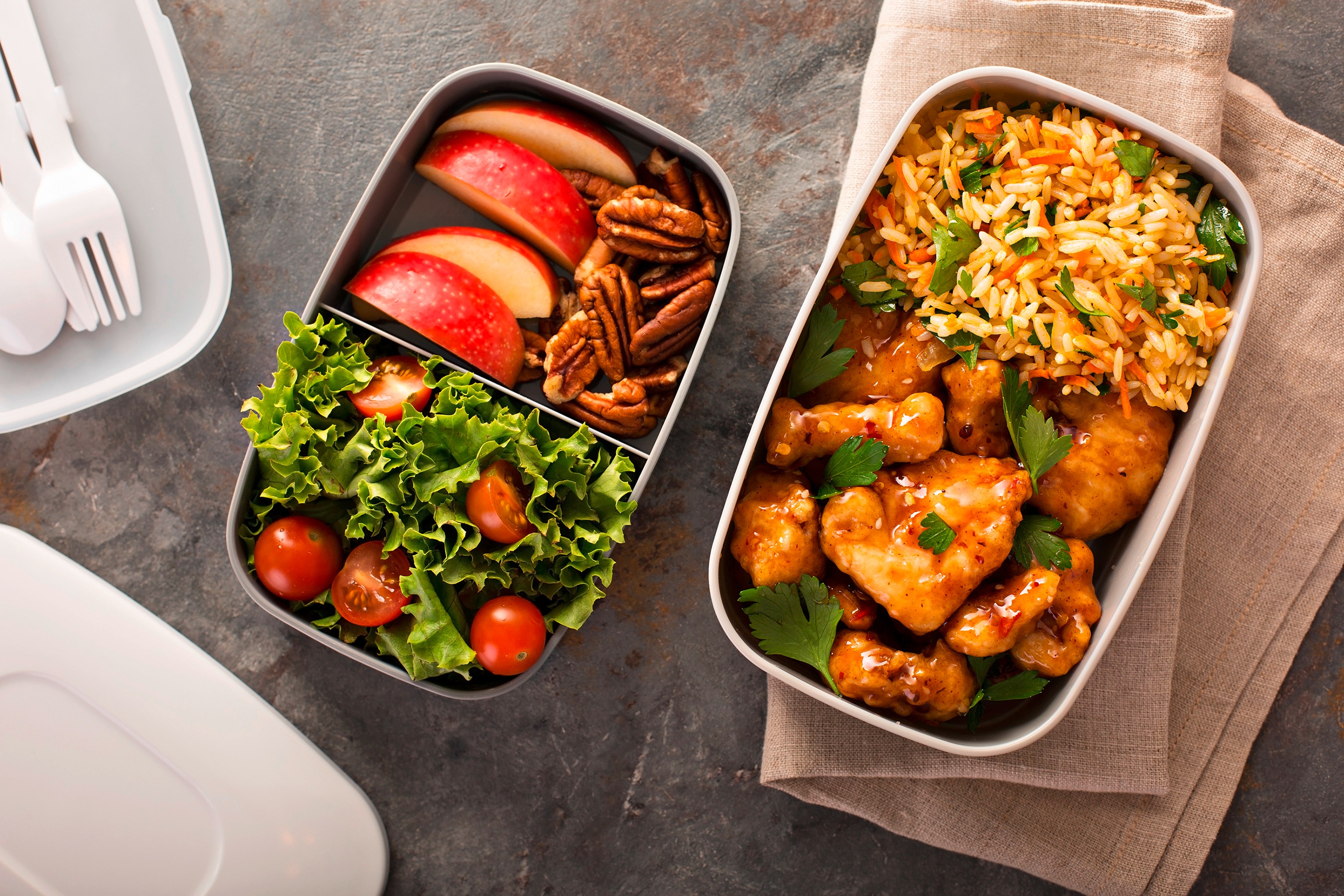
To make the school lunch experience easier, slice ulam into bite-sized pieces and, whenever possible, go for boneless cuts. Since most schoolkids would choose to scarf down their meal in minutes to have more time to play or hang out with friends, this helps minimize any choking hazards. Additionally, having bite-sized ulam means students can spend more time eating and enjoying their food than cutting them up.
Pair with fresh fruits

Since Pinoy ulam can be quite hearty and flavorful, it’s good to wrap these meals up with something refreshing, like sliced fruit. Having fruit readily available in your kid’s baunan will make them less likely to reach for unhealthy sweets for dessert. Plus, this helps mitigate the umay factor.
If you feel stumped on what to cook next, look to this Pinoy ulam list for inspiration — and remember to exercise your creativity in the kitchen. The only thing your family will love more than classic adobo is adobo with your unique touch!

